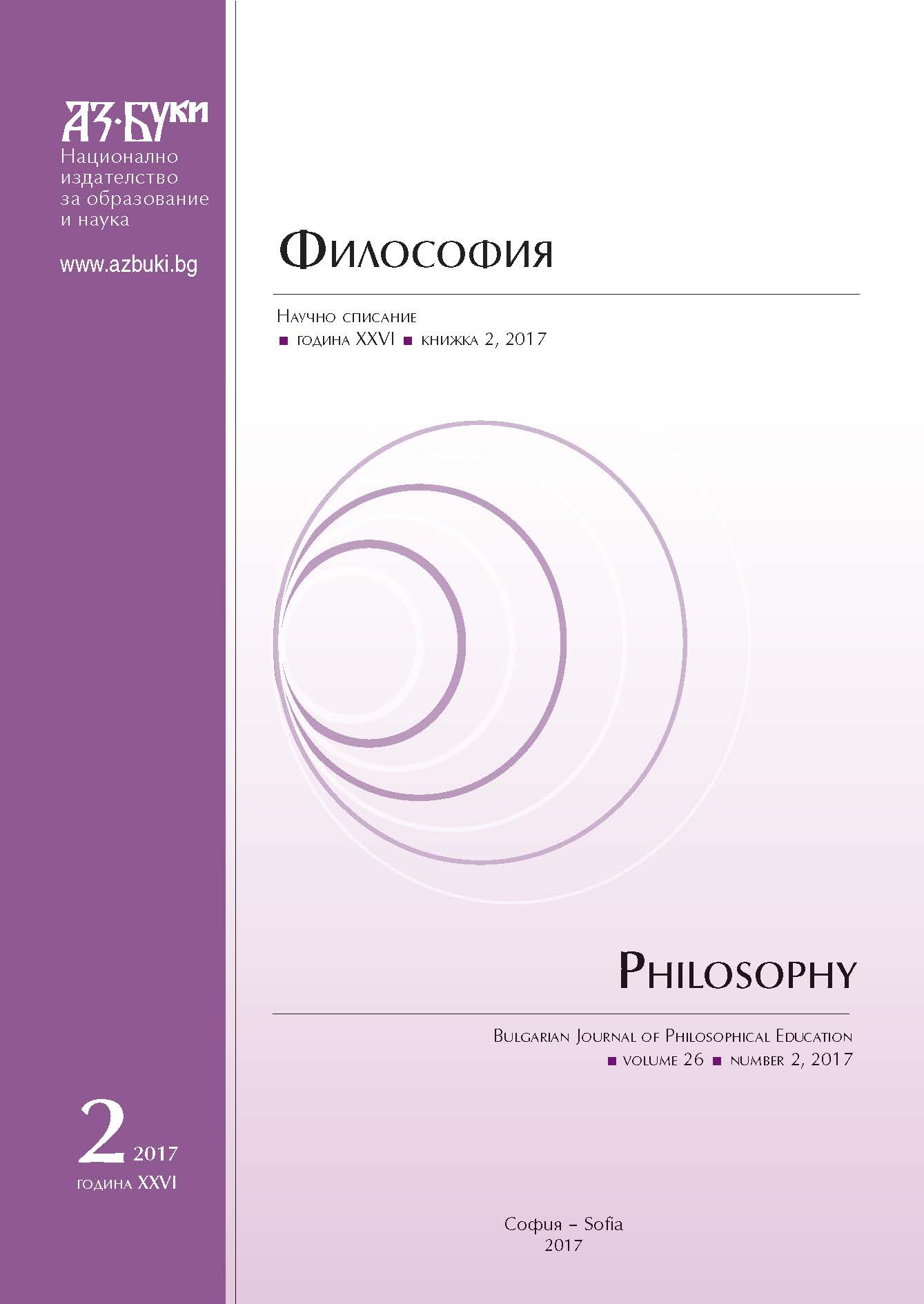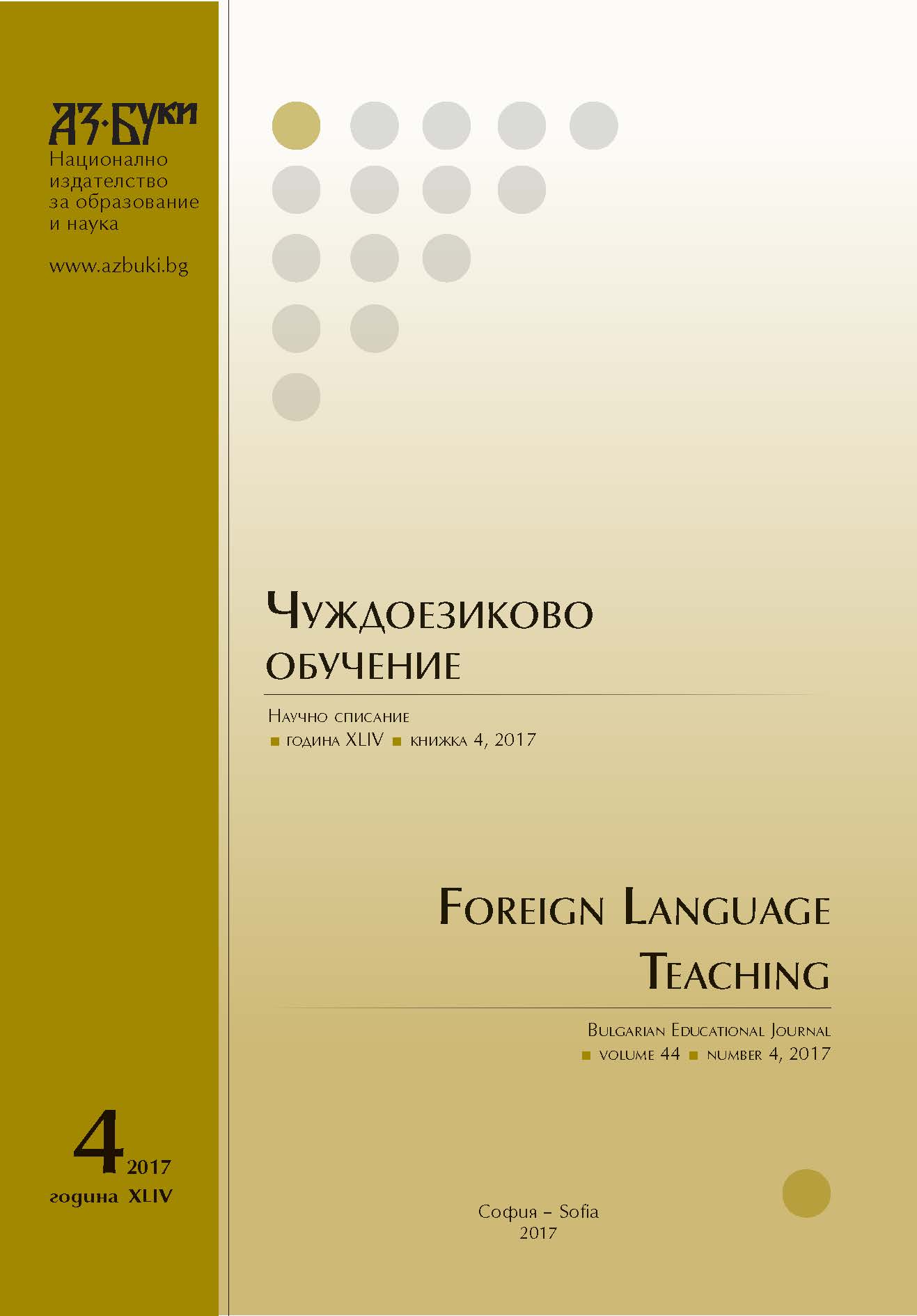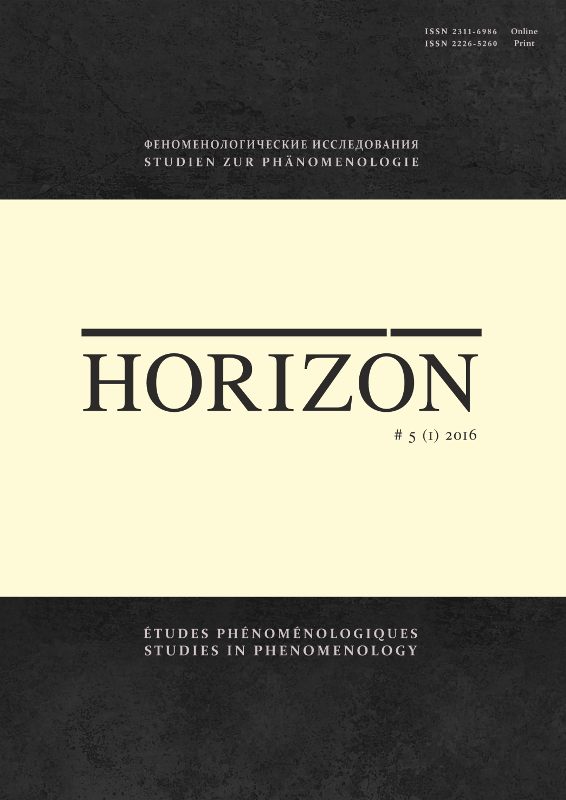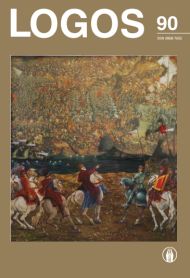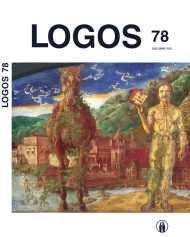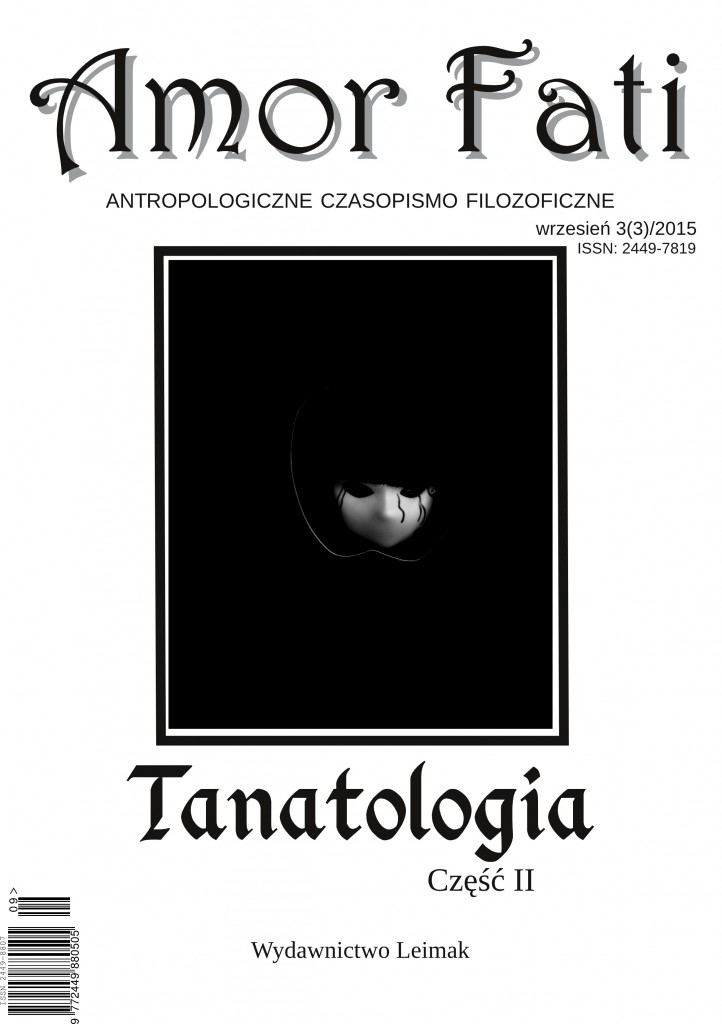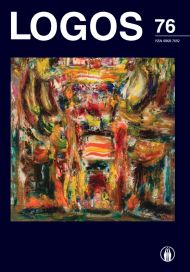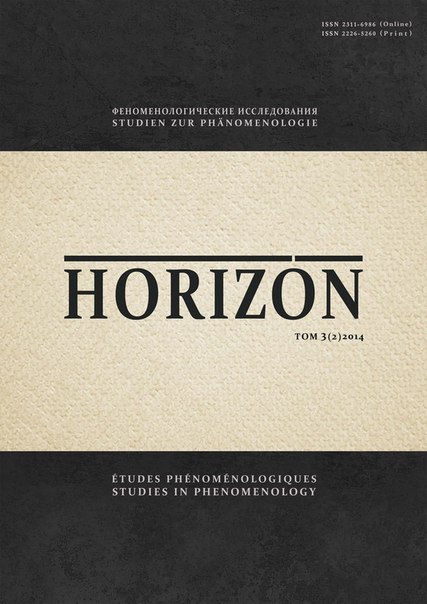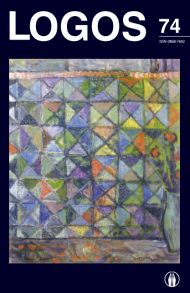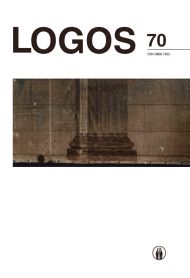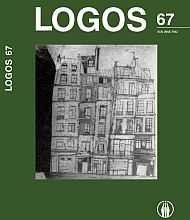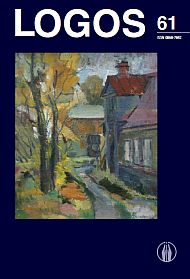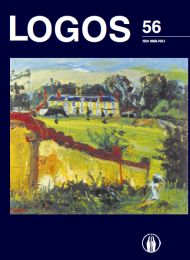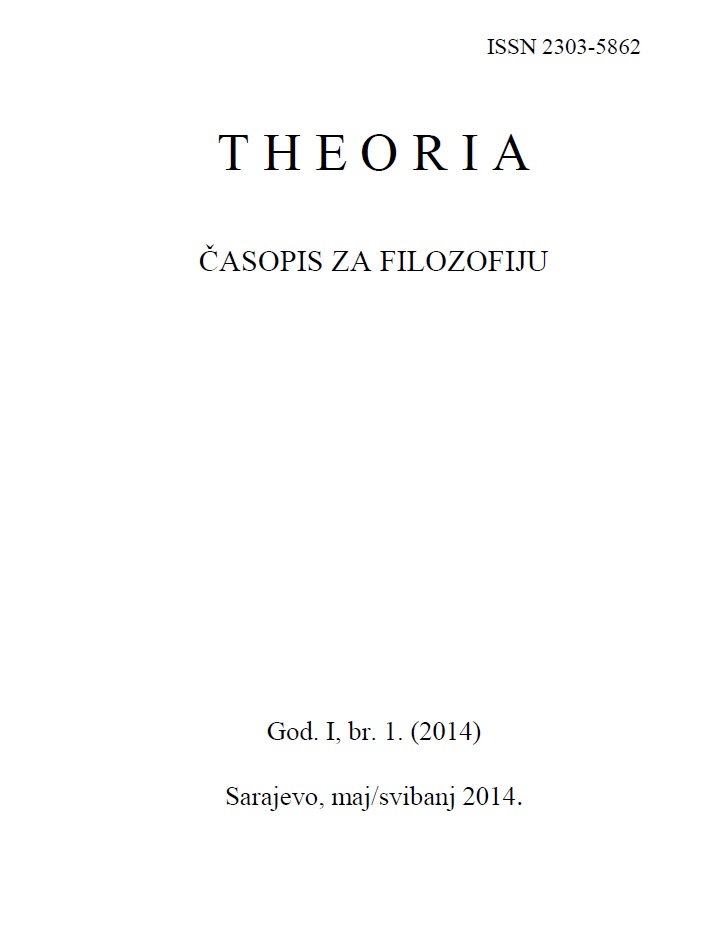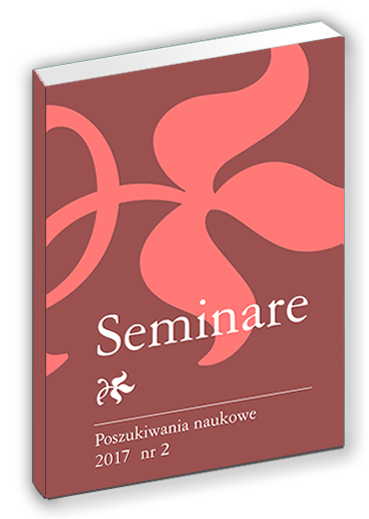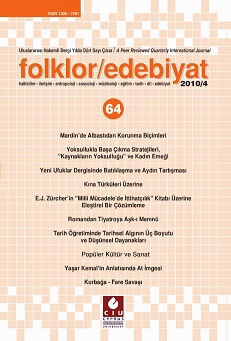
Romanya Sözlü Türk Edebiyati Ürünlerinde Mitolojik Sayilar
Since mythological times mankind attempted to understand what s/he observed and give meaning to them. As they evaluated the things around, they made use of numbers, and considered some numbers as “sacred”. Mankind who founded many different civilizations used this “sacred number tradition” in literature and passed it onto next generations. Tatar Turks, living in Rumania, has a rich oral tradition that harbours sacred number tradition. This article aims to reveal the sacred numbers in Rumanian oral tradition and their mythological roots and their function in the culture. It has been understood that 3, 4, 5, 6, 7, 9 and 40 have symbolic meanings in the oral literary products of Tatar Turks living in Rumania. The examination and evaluation of these numbers will contribute to determine the extent to which Turkic culture expands. In addition to revealing the usages that stem from Turkic mythology, revealing some common aspects with universal culture is also within the objective of this paper.
More...
